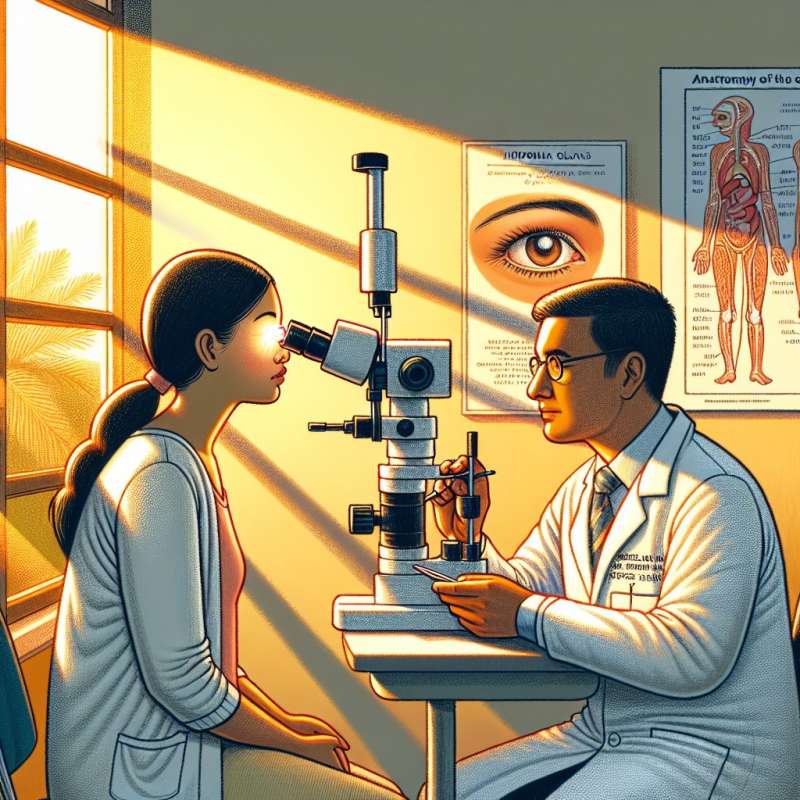
Understanding Chalazion Basics
A chalazion is a benign, painless bump or nodule inside the upper or lower eyelid. It results from a blocked oil gland and differs from a stye, which is an infected oil gland.
Causes of Eye Chalazion
Chalazia are caused by the obstruction of the Meibomian glands due to factors like high lipid concentration, inadequate glandular secretion, or inflammation from conditions like blepharitis.
Chalazion: Symptoms
Symptoms include a swollen eyelid, increased tearing, and a lump that may initially be painful but often becomes non-tender. Blurry vision can occur if the chalazion is large enough.
Diagnosis of Chalazion
Diagnosis is typically clinical, based on history and physical examination. In rare cases, a biopsy might be conducted to exclude more serious conditions such as sebaceous gland carcinoma.
Treatment Options
Most chalazia resolve on their own. Treatments include warm compresses, lid hygiene, and massage. In resistant cases, corticosteroid injections or surgical removal may be recommended.
Preventing Chalazion Recurrence
Prevention involves managing contributing conditions like blepharitis, maintaining good eyelid hygiene, and using warm compresses regularly to promote oil flow from the glands.
Unusual Chalazion Facts
Did you know? Chalazia can take months to resolve and might recur. They're more common in adults than children. Interestingly, stress doesn't cause chalazia, contrary to popular belief.
What differentiates a chalazion from a stye?
Location on the eyelid
Chalazion is a benign nodule
Chalazion is non-infected
Company